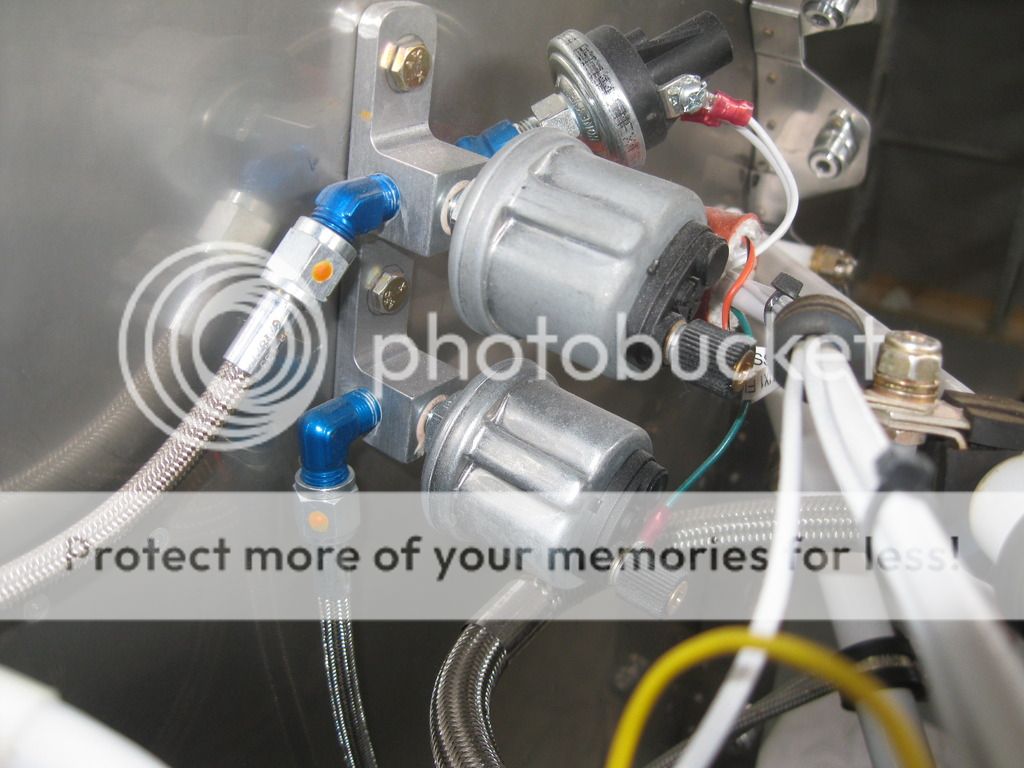steviedeviant
Pre-takeoff checklist
POA,
So a somewhat dumb question. I rent when I fly and I fly out of a class C airport. After I do my preflight, I turn on the master, engine start, radio, etc. and then ask for my clearance. While it is often somewhat quick, is there any reason or do any of you ever get clearance from CD prior to starting the engine? I was thinking this might save a little on HOBBS.
S
So a somewhat dumb question. I rent when I fly and I fly out of a class C airport. After I do my preflight, I turn on the master, engine start, radio, etc. and then ask for my clearance. While it is often somewhat quick, is there any reason or do any of you ever get clearance from CD prior to starting the engine? I was thinking this might save a little on HOBBS.
S

